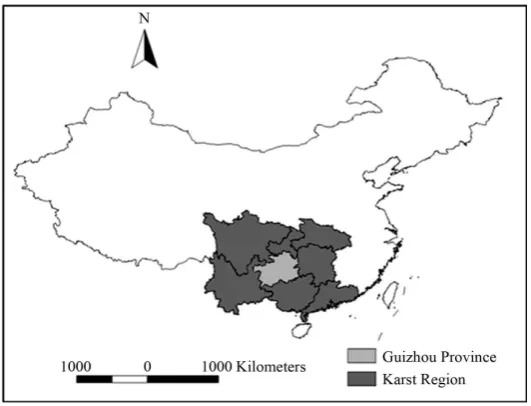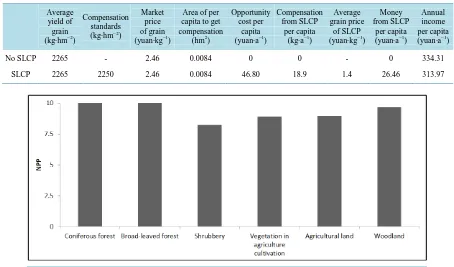Ecological Compensation: A Key to Sustainable Development in the Guizhou Province Karst Region, Southwest China
Full text
Figure




Related documents
The Pantanal’s biodiversity constitutes a valuable natural resource, in economic, cultural, recreational, aesthetic, scientific and educational terms. The vegetation plus the
In view of this, an experimental programme was undertaken to find the characteristics variations on mixing the male inflorescence of oil palm ash and clay in
In the study area, the total fixed capital investment incurred for acquisition of a trawl fishing vessel is.. 481 | P a g e the sum of the price of the hull, engine, the amount spent
Exposed to the Am241 source the expected effect showed up. In a clearly visible contrast to the beta- and gamma pulses other pulses of about 5V height popped up with high
Retinal examination showed perivascular sheathing with frosted branch angiitis pattern in veins and patchy retinal hemorrhages.... Repeated ocular coherence tomography (OCT)
In the study presented here, we selected three rep- resentative pathogenic PV mAbs cloned from 3 different PV patients: F706, an anti-Dsg3 IgG4 isolated by heterohybridoma, F779,
In this study, we found that the core circadian clock gene, Clock, is up-regulated in glioma tissues and cell lines, consistent with an earlier study [12] , and is related to
Consequently, the objective of this study was to test the agronomic performance of a group of commonly grown cereal crops including maize, sorghum, pearl and finger


